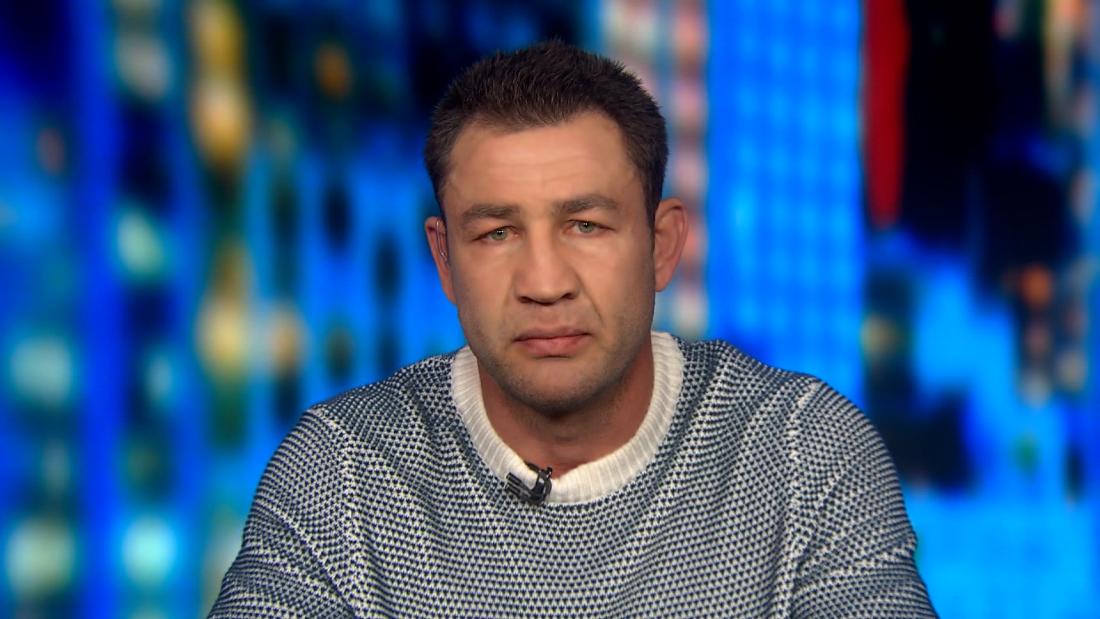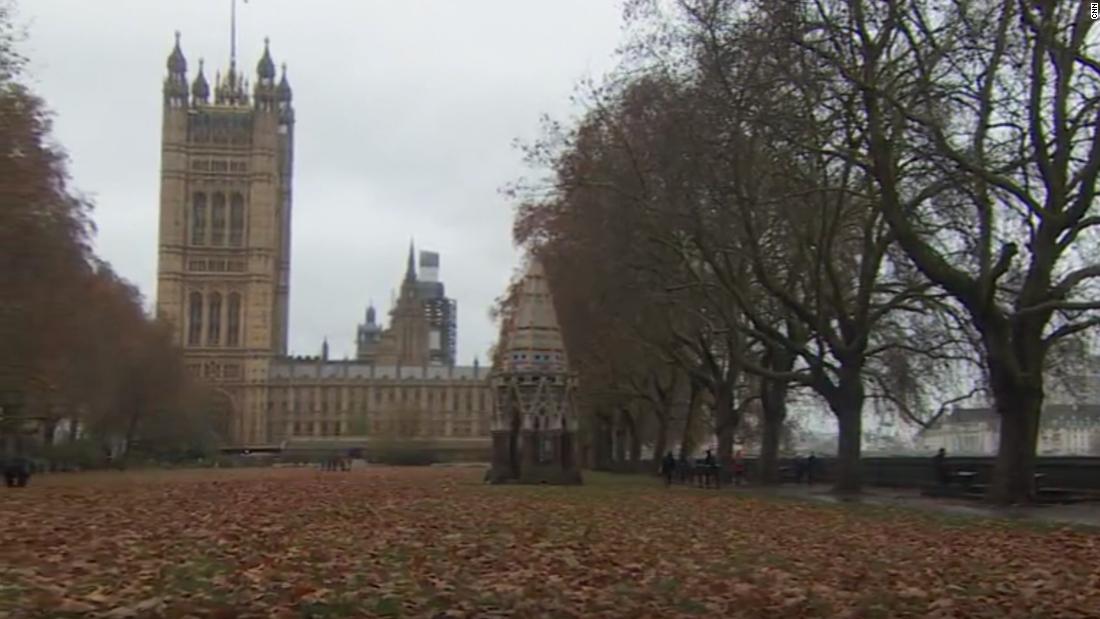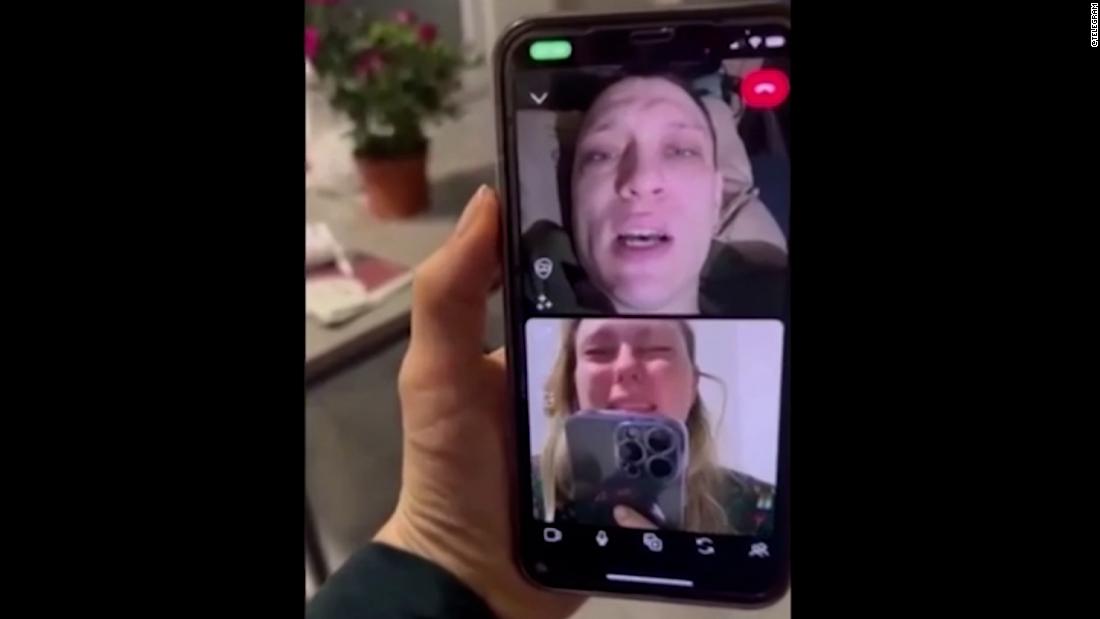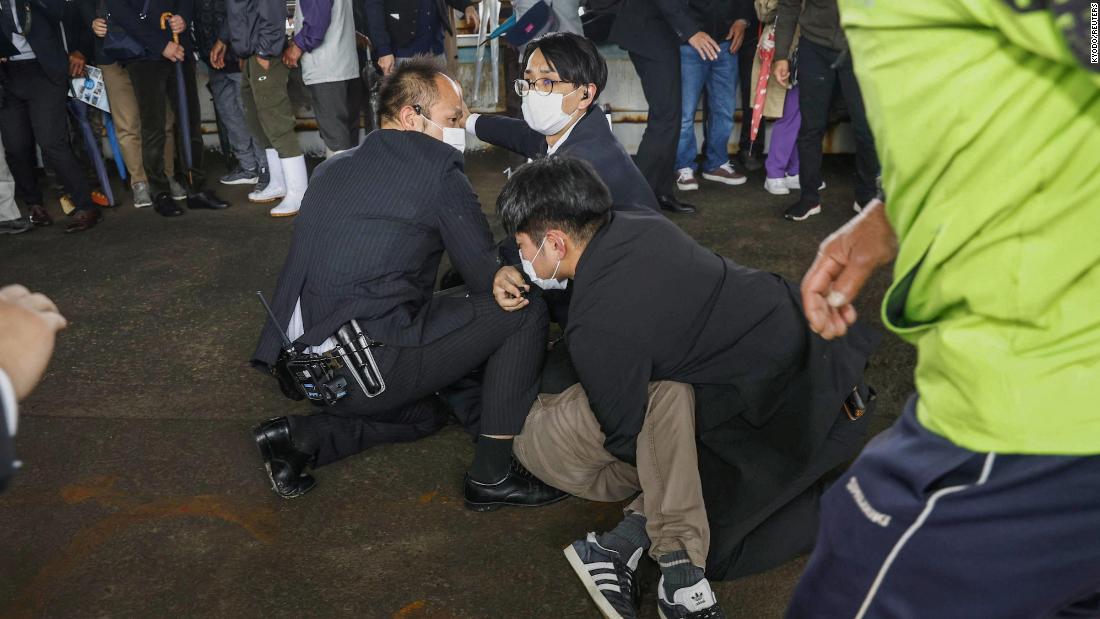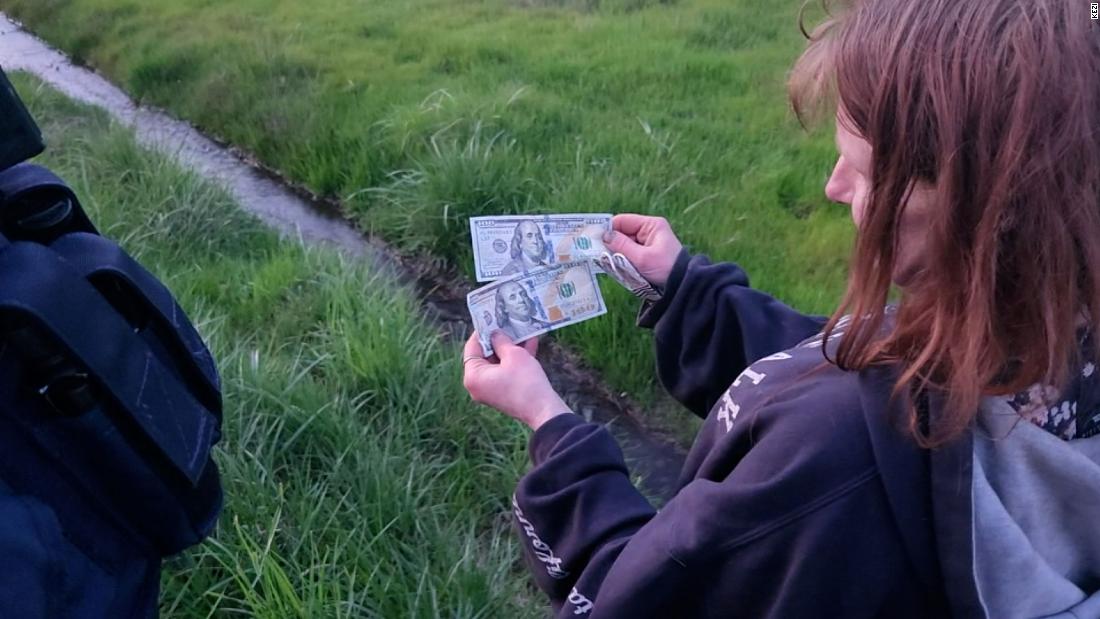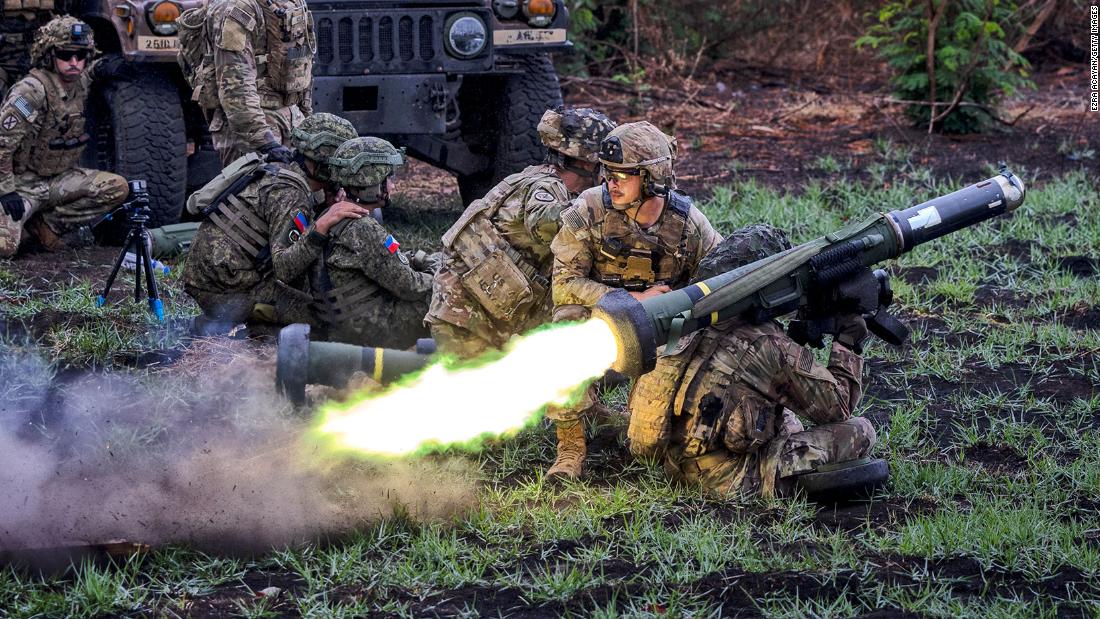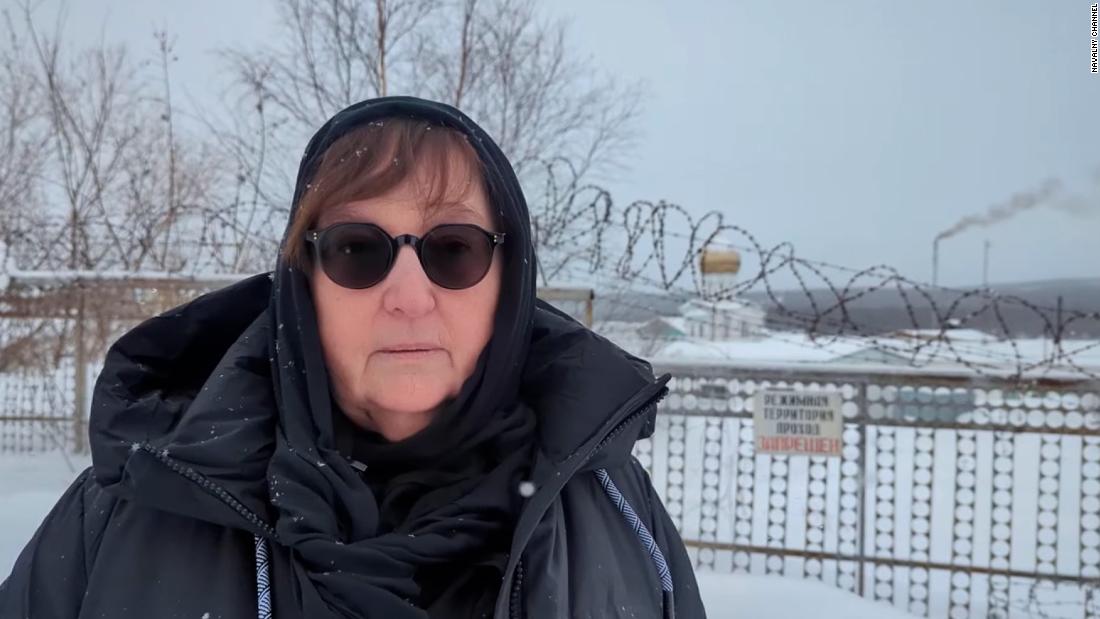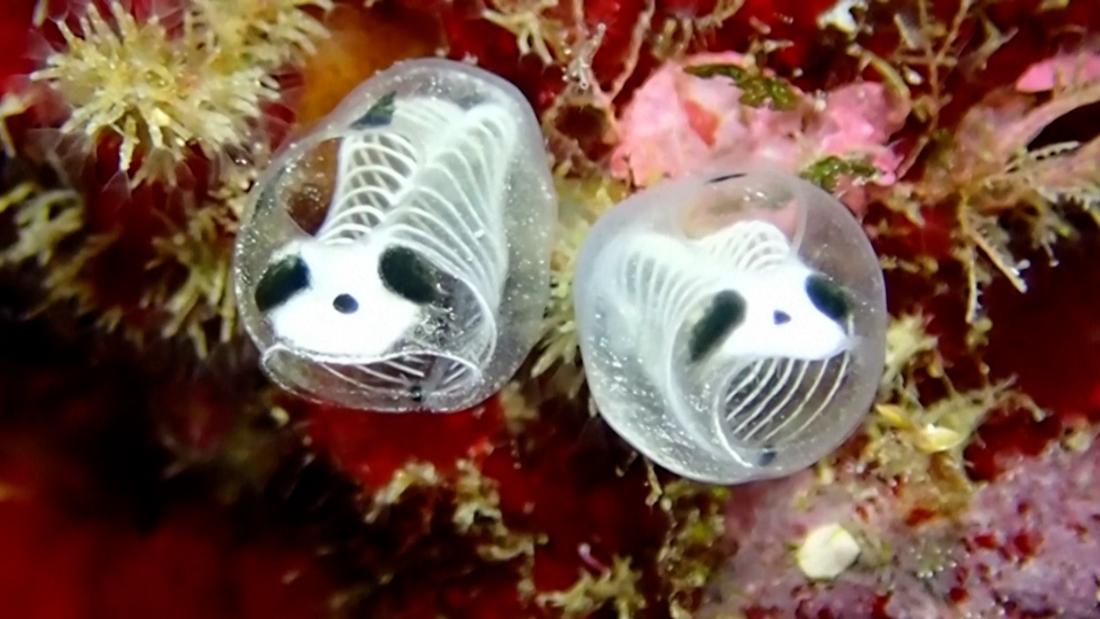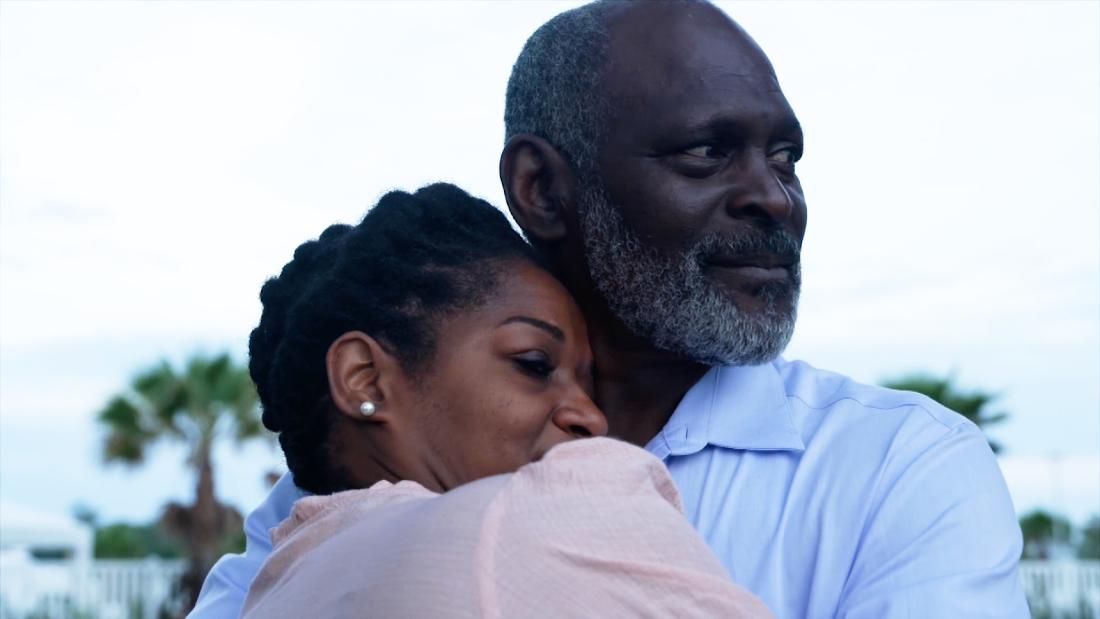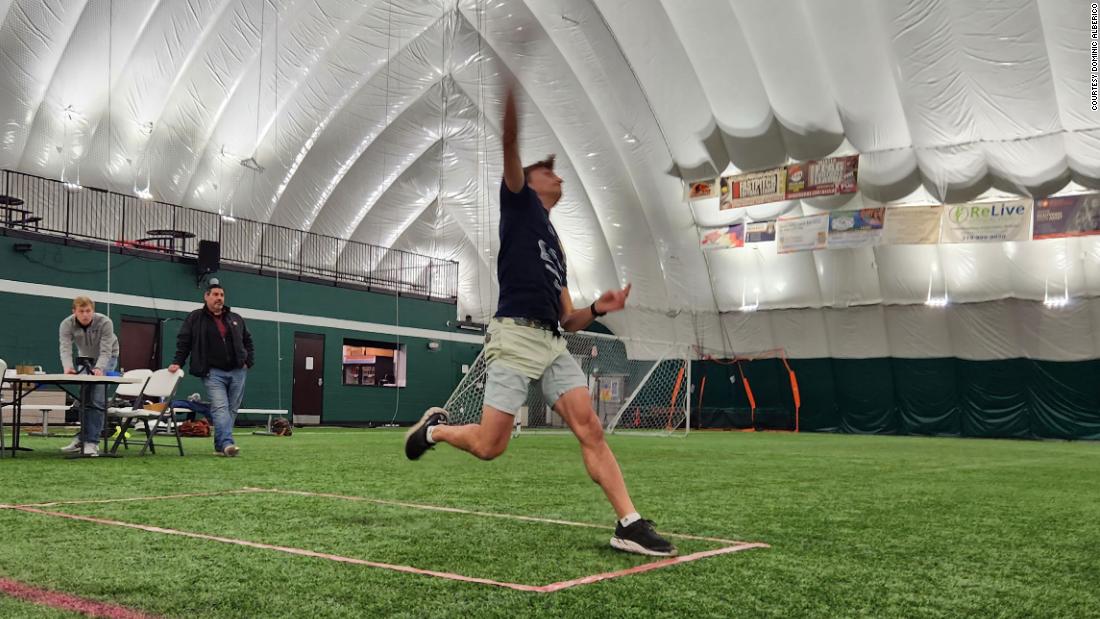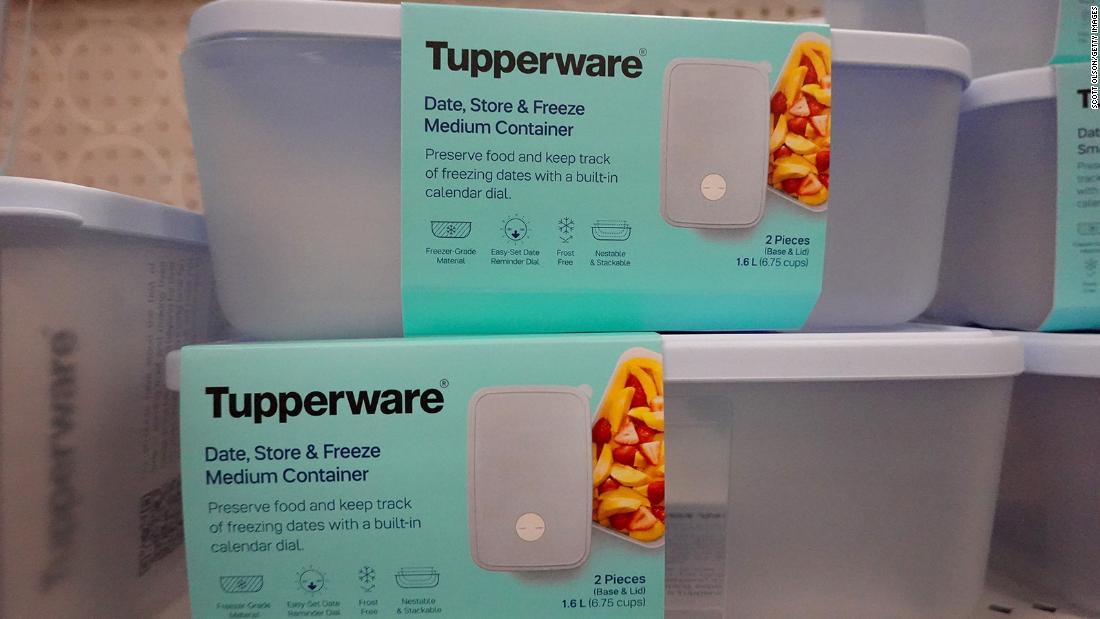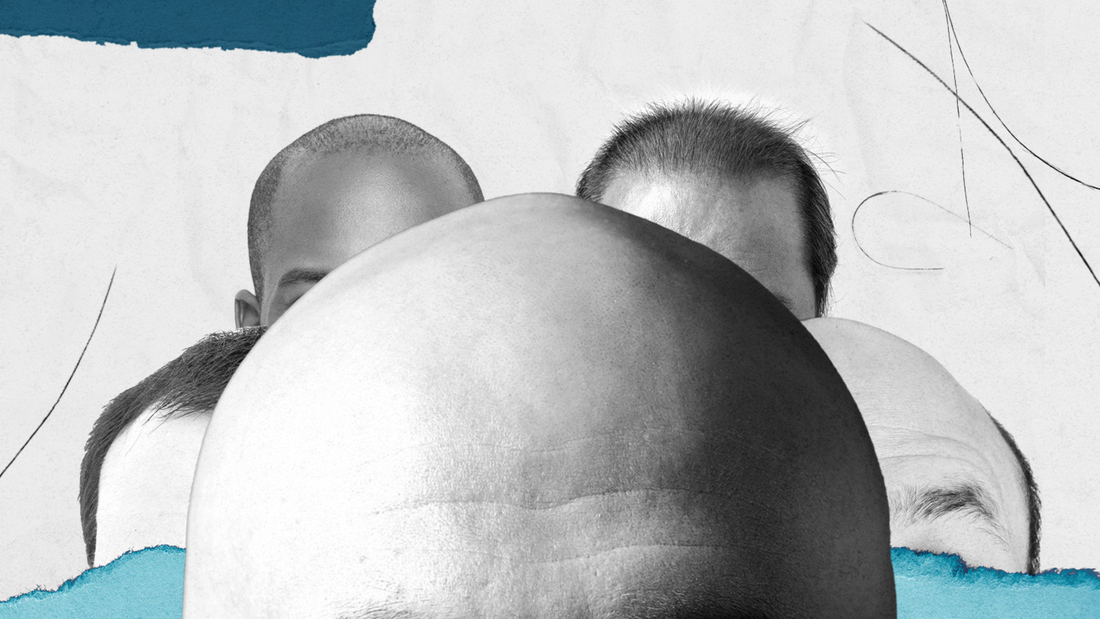BEDBUG infestations are on the rise and as a result experts are urging the public to remain vigilant.
Therefore it’s important to know what the critters look like and how to tell them apart from other bugs.
GettyPictured: A serious bed bug infestation[/caption]
What do bedbugs look like?
According to the NHS, bedbugs can be dark yellow, red or brown.
The critters are oval shaped and are around the size of an apple seed.
You can also identify adult bedbugs by their size as they are around 5mm long and there will be spots from their waste like little ink splats.
The adult pesky pests do have the vestiges of wings called wing pads, but they do not fully develop into functional wings.
Bedbugs can look somewhat different depending on
their feeding status
After they’ve fed, bedbugs bodies will swell and turn a reddish colour from their latest meal.
How to tell bedbugs apart from other bugs
As well as knowing how to identify bedbugs, it is also important to know how to tell them apart from other bugs.
With so many critters crawling around, it may be confusing to identify exactly which insect is invading your home.
From carpet beetles to fleas – here’s how to tell bugs apart from the bloodsucking critters.
Carpet beetles
GettyCarpet beetles are common among households[/caption]
Bedbugs and carpet beetles have similarities that can confuse people – however, these two pesky pests are quite different.
Like bedbugs, carpet beetles are common among households and can cause severe damage to bedding, clothes and carpets if left unchecked.
Their name may be deceiving, as they can appear in any home, whether you have carpets, hardwood flooring or tiles.
Carpet beetles are tiny bugs considered as a fabric pest and have six legs, wings, two antennae, and a hard body.
Whereas bedbugs are tiny, flat insects that feed on animal on human hosts, leaving behind itchy bites and causing distress.
Fleas
GettyCloseup of fleas on an animal[/caption]
It can also be difficult to tell these two critters apart.
While both require a warm-blooded host to provide blood meals, fleas tend to prefer feeding on hairy or furry animals such as cats and dogs.
Where as bedbugs prefer feeding on a human host.
It’s also useful to note that bedbugs do not fly or jump but fleas do – they can jump almost 200 times their body length.
Although the two also look quite similar – there are certain ways to tell the insects apart.
Like bedbugs, fleas are also reddish-brown but have a more oval shape that appears skinnier and longer, rather than flatter.
Fleas are also generally smaller.
Other bugs that share similarities with bedbugs include, booklice, ticks, baby cockroaches and spider beetles.
Are bedbugs dangerous?
The good news is bedbugs are not considered to be dangerous.
However, it is important to note that although bedbugs are not dangerous, they can cause extreme discomfort and distress if bitten by them.
Their bites can be itchy and lead to skin rashes, however, they do not usually cause serious health problems.
A severe allergic reaction (anaphylaxis) is also possible but rare.
Discussing the critters, Robert Smith, emeritus professor at the University of Huddersfield: ”The thought of these bloodsuckers might be unpleasant, but don’t panic as they don’t carry or spread any human diseases, as far as we know.”
Can you see bedbugs with the naked eye?
Although bedbugs are small, they are perfectly visible to the naked eye.
When bedbugs are fully grown it’s easy to spot them – whether they are found on clothes, beds and belongings.
Aside from knowing how to spot the pesky pests, it is also important to know the five signs bedbugs have invaded your home.
Nic Shacklock told The Sun the five things to look out for are:
Blood on your sheets – these spots can start to look a rusty colour the longer they have been thereDark spots on walls – although this is slightly less common, bed bugs can also leave stains on walls tooBug shell and eggs – they are about 1mm wide and are often a pale yellow colourWorn or aged upholstery – old fabrics that may not have been cleaned thoroughly and could be second hand can often home families of bed bugsBites – As mentioned above, you might notice some spots on your body in the morning which could be a good indicator the bugs are lurking between the sheets
Experts have also identified a strange telltale sign of the bugs to help you spot an infestation — their smell.
The critters have a distinctive sweet, musty smell, which could indicate their presence if there are no other obvious causes.
A Dodson Pest Control spokesperson said: ”Bedbugs can smell different to different people.
”Many people report smelling coriander, but another common description is the scent of spoiled raspberries.
”Others report a strong acidic scent or that of almonds or marzipan.
“If you notice an unusual smell in an otherwise clean room, it may be time to call in a professional.”
What is the main cause of bedbugs?
”It is contamination from other bedbug-infested environments that primarily causes a home to have bedbugs,” says pest control professional Allan Bossel of Michigan Bedbug Specialists.
The expert added: ”When you are exposed to items or homes with bedbugs, you unknowingly become a means for them to spread to new location.”
According to the British Pest Control Association, adult bed bugs thrive in temperatures ranging from 21C to 32C.
Can bedbugs live on people?
Although bedbugs feed on blood by biting people, they cannot live on your body.
They prefer open areas of the skin to feed rather than living on them.
As mentioned above, the insects instead often live on furniture or bedding and can spread by being on clothes or luggage.
Published: [#item_custom_pubDate]
















